GOV'T POLICIES ON LOW BIRTH RATE
입력 2020.12.16 (15:12)
수정 2020.12.16 (16:45)
읽어주기 기능은 크롬기반의
브라우저에서만 사용하실 수 있습니다.
[Anchor Lead]
Korea's birth rate recorded 0.92 in 2019, the lowest in the world. Over the past 15 years the government has laid out policies to encourage childbirth three times. The fourth set of policies released recently contains a basic plan on tackling plunging birth rates by 2025.
[Pkg]
Caring for infants is the most challenging part of parenting. Which is why, the government introduced subsidies to help households with infants. From 2022, parents with children 24 months old or younger will receive 300,000 won a month. By 2025, the amount will be raised to 500,000 in phases. It will be provided separately from the childcare subsidies paid to households with children under seven years of age. Health insurance subsidies for prenatal and postnatal care will be increased from the current 600,000 won to one million. Households with newborns will receive two million won upon the child's birth.
[Soundbite] PARK NEUNG-HOO(MINISTER OF HEALTH AND WELFARE) : "The new support measures are designed to help create a society where raising children can be joyful."
The number of working people on parental leaves will be doubled by 2025 from the current 100,000, and more support will be provided to encourage fathers to participate in child-rearing. Parents of infants younger than a year will each receive two million won in the first month of their parental leave, 2.5 million won in the second month, and three million won in the third month. If both parents take parental leave simultaneously, they will receive a total of six million won in the third month.
[Soundbite] PARK HWA-JIN(VICE MINISTER OF EMPLOYMENT AND LABOR) : "Hopefully more people will be able to take parental leaves and both parents will do an equal share in child-rearing so that women can continue their careers."
The government is also pushing for changing the definition of households with multiple children from those that have three children to those that have two. There are also plans to increase the number of state-run daycare centers by 550 annually and raise the use of public childcare to 50 percent by 2025.
Korea's birth rate recorded 0.92 in 2019, the lowest in the world. Over the past 15 years the government has laid out policies to encourage childbirth three times. The fourth set of policies released recently contains a basic plan on tackling plunging birth rates by 2025.
[Pkg]
Caring for infants is the most challenging part of parenting. Which is why, the government introduced subsidies to help households with infants. From 2022, parents with children 24 months old or younger will receive 300,000 won a month. By 2025, the amount will be raised to 500,000 in phases. It will be provided separately from the childcare subsidies paid to households with children under seven years of age. Health insurance subsidies for prenatal and postnatal care will be increased from the current 600,000 won to one million. Households with newborns will receive two million won upon the child's birth.
[Soundbite] PARK NEUNG-HOO(MINISTER OF HEALTH AND WELFARE) : "The new support measures are designed to help create a society where raising children can be joyful."
The number of working people on parental leaves will be doubled by 2025 from the current 100,000, and more support will be provided to encourage fathers to participate in child-rearing. Parents of infants younger than a year will each receive two million won in the first month of their parental leave, 2.5 million won in the second month, and three million won in the third month. If both parents take parental leave simultaneously, they will receive a total of six million won in the third month.
[Soundbite] PARK HWA-JIN(VICE MINISTER OF EMPLOYMENT AND LABOR) : "Hopefully more people will be able to take parental leaves and both parents will do an equal share in child-rearing so that women can continue their careers."
The government is also pushing for changing the definition of households with multiple children from those that have three children to those that have two. There are also plans to increase the number of state-run daycare centers by 550 annually and raise the use of public childcare to 50 percent by 2025.
■ 제보하기
▷ 카카오톡 : 'KBS제보' 검색, 채널 추가
▷ 전화 : 02-781-1234, 4444
▷ 이메일 : kbs1234@kbs.co.kr
▷ 유튜브, 네이버, 카카오에서도 KBS뉴스를 구독해주세요!
- GOV'T POLICIES ON LOW BIRTH RATE
-
- 입력 2020-12-16 15:12:15
- 수정2020-12-16 16:45:44
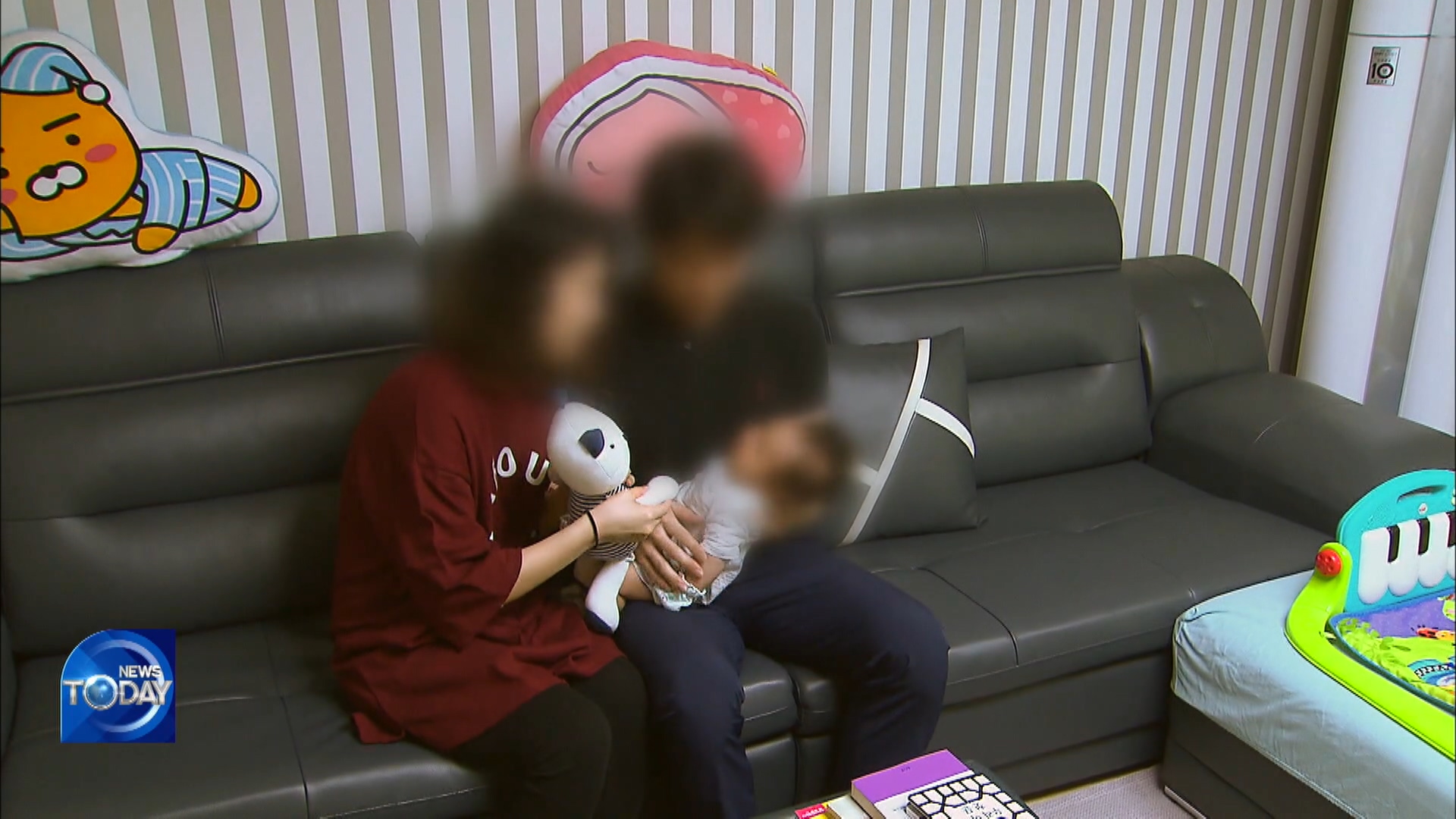
[Anchor Lead]
Korea's birth rate recorded 0.92 in 2019, the lowest in the world. Over the past 15 years the government has laid out policies to encourage childbirth three times. The fourth set of policies released recently contains a basic plan on tackling plunging birth rates by 2025.
[Pkg]
Caring for infants is the most challenging part of parenting. Which is why, the government introduced subsidies to help households with infants. From 2022, parents with children 24 months old or younger will receive 300,000 won a month. By 2025, the amount will be raised to 500,000 in phases. It will be provided separately from the childcare subsidies paid to households with children under seven years of age. Health insurance subsidies for prenatal and postnatal care will be increased from the current 600,000 won to one million. Households with newborns will receive two million won upon the child's birth.
[Soundbite] PARK NEUNG-HOO(MINISTER OF HEALTH AND WELFARE) : "The new support measures are designed to help create a society where raising children can be joyful."
The number of working people on parental leaves will be doubled by 2025 from the current 100,000, and more support will be provided to encourage fathers to participate in child-rearing. Parents of infants younger than a year will each receive two million won in the first month of their parental leave, 2.5 million won in the second month, and three million won in the third month. If both parents take parental leave simultaneously, they will receive a total of six million won in the third month.
[Soundbite] PARK HWA-JIN(VICE MINISTER OF EMPLOYMENT AND LABOR) : "Hopefully more people will be able to take parental leaves and both parents will do an equal share in child-rearing so that women can continue their careers."
The government is also pushing for changing the definition of households with multiple children from those that have three children to those that have two. There are also plans to increase the number of state-run daycare centers by 550 annually and raise the use of public childcare to 50 percent by 2025.
Korea's birth rate recorded 0.92 in 2019, the lowest in the world. Over the past 15 years the government has laid out policies to encourage childbirth three times. The fourth set of policies released recently contains a basic plan on tackling plunging birth rates by 2025.
[Pkg]
Caring for infants is the most challenging part of parenting. Which is why, the government introduced subsidies to help households with infants. From 2022, parents with children 24 months old or younger will receive 300,000 won a month. By 2025, the amount will be raised to 500,000 in phases. It will be provided separately from the childcare subsidies paid to households with children under seven years of age. Health insurance subsidies for prenatal and postnatal care will be increased from the current 600,000 won to one million. Households with newborns will receive two million won upon the child's birth.
[Soundbite] PARK NEUNG-HOO(MINISTER OF HEALTH AND WELFARE) : "The new support measures are designed to help create a society where raising children can be joyful."
The number of working people on parental leaves will be doubled by 2025 from the current 100,000, and more support will be provided to encourage fathers to participate in child-rearing. Parents of infants younger than a year will each receive two million won in the first month of their parental leave, 2.5 million won in the second month, and three million won in the third month. If both parents take parental leave simultaneously, they will receive a total of six million won in the third month.
[Soundbite] PARK HWA-JIN(VICE MINISTER OF EMPLOYMENT AND LABOR) : "Hopefully more people will be able to take parental leaves and both parents will do an equal share in child-rearing so that women can continue their careers."
The government is also pushing for changing the definition of households with multiple children from those that have three children to those that have two. There are also plans to increase the number of state-run daycare centers by 550 annually and raise the use of public childcare to 50 percent by 2025.
이 기사가 좋으셨다면
-
좋아요
0
-
응원해요
0
-
후속 원해요
0










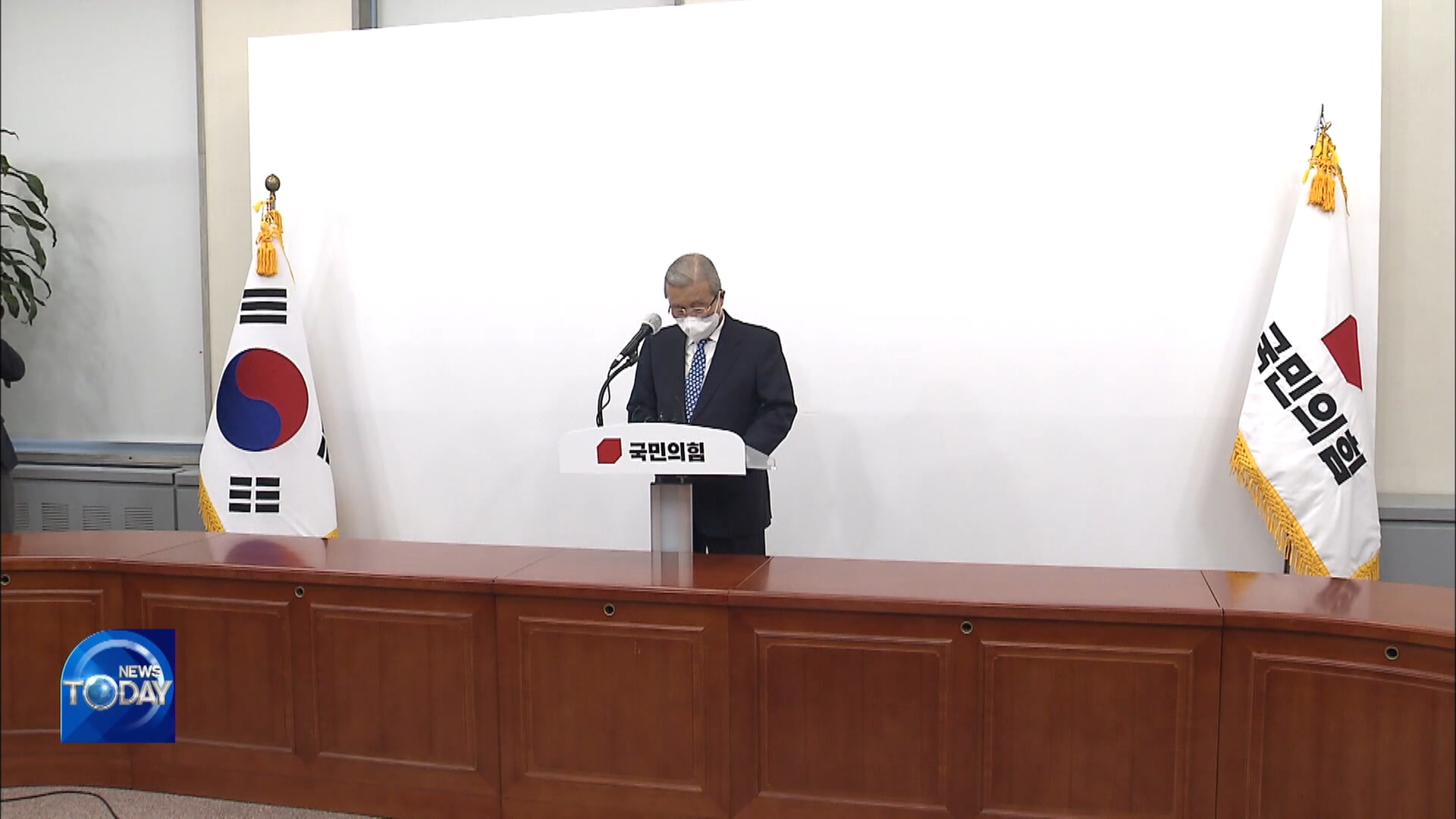


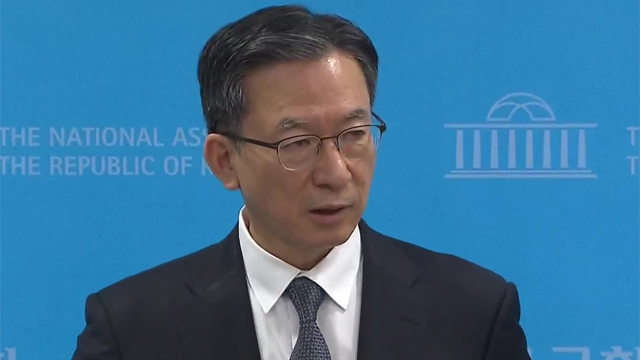
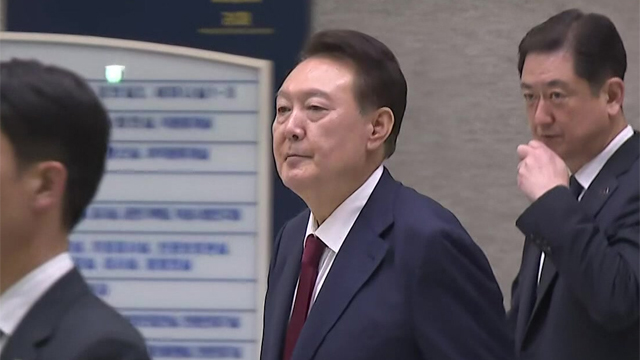
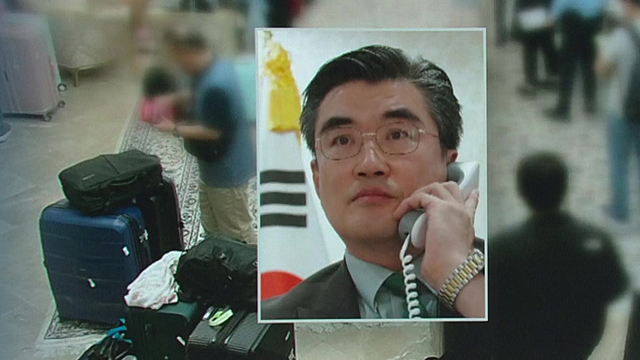

이 기사에 대한 의견을 남겨주세요.